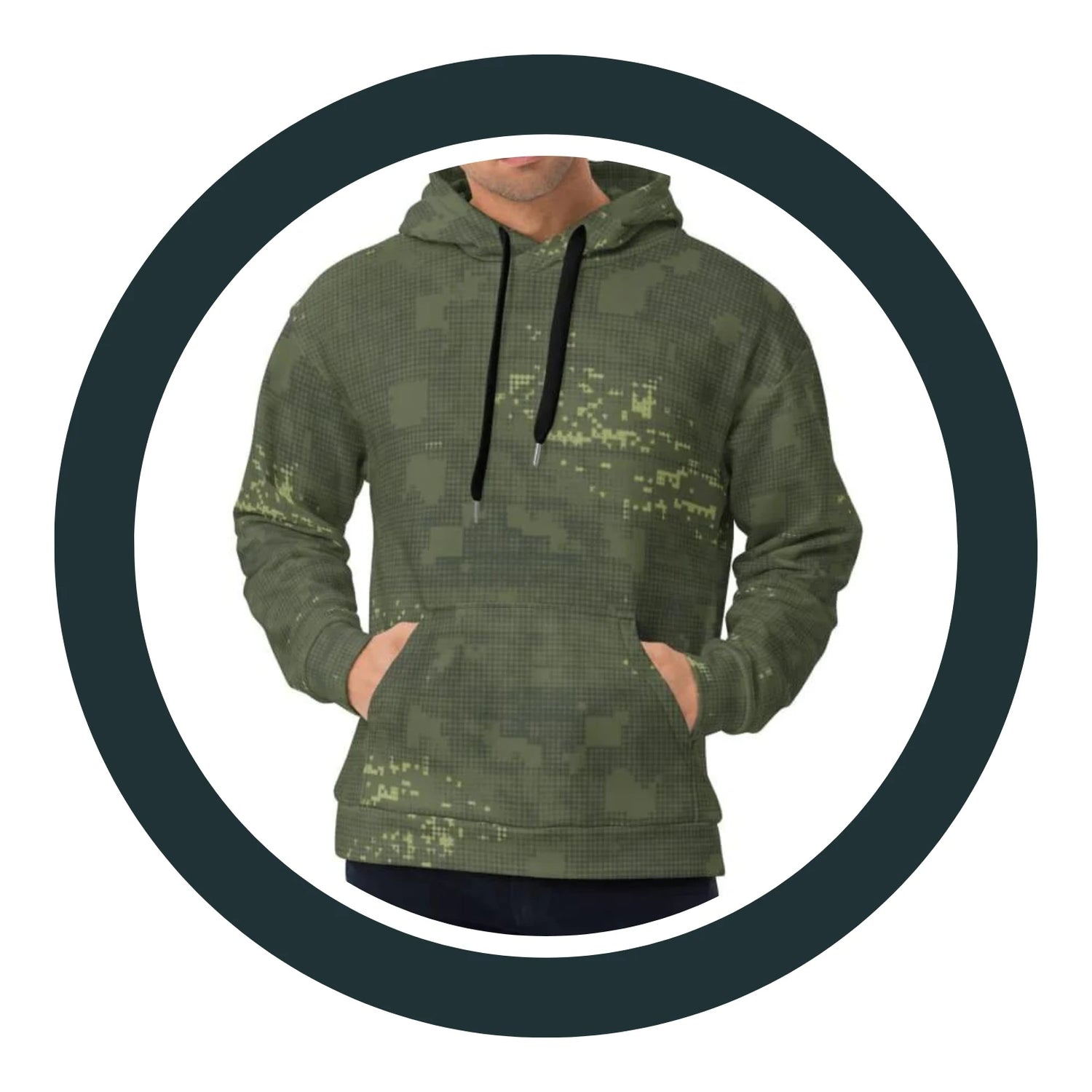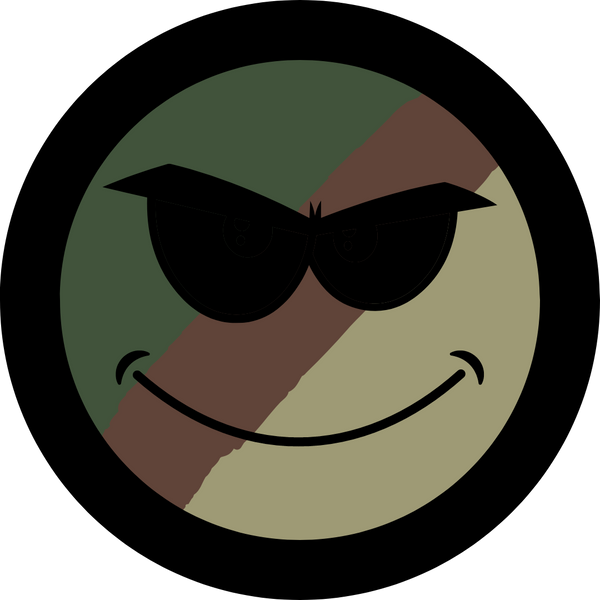Article from the New Zealand Herald
Museum Notebook: Hunting, spying on or fighting an enemy
From flecktarn to woodland to DPM, camouflage is everywhere ... if you can see it.
Camouflage is the perfect solution for being in a situation you don't want to be seen – hunting, spying on, or fighting an adversary. But camouflage as we know it is only a little over 100 years old.
Prior to that, many military units prided themselves on their crisp, clean uniforms and the psychological impact they had.
As well as helping to identify one side of a battle from the other, the uniformity of the clean and tidy uniform helped reinforce the uniformity of the troop, encouraging each soldier to feel part of a greater unit and work towards a common goal.
Using muted colours as camouflage was first adopted in the military in the 18th century, when some light infantry and rifle units were fitted out in drab uniforms.
The khaki tones allowed the soldiers to blend in more with their surroundings and stopped them being clearly seen from a distance, enabling them to carry out guerrilla tactics more stealthily. Before the production of khaki uniforms, British Indian soldiers would dye their white uniforms using tea leaves or curry powder to achieve a more muted tone.
Uniforms began to change considerably during World War I. With the advent of aerial reconnaissance and the increasing range and accuracy of weapons, it became apparent that bright colours were a disadvantage.
In 1915 after French soldiers were thoroughly defeated by Germany in a battle, they refused to wear their standard issue uniform red pantaloons and white gloves and demanded something less visible to help keep them from enemy sight.
The French army established their first unit of camofleurs – specialised soldiers and artists who designed and painted camouflage patterns. André-Charles Mare, a French painter and textile designer on active service at the time, lead this development.

